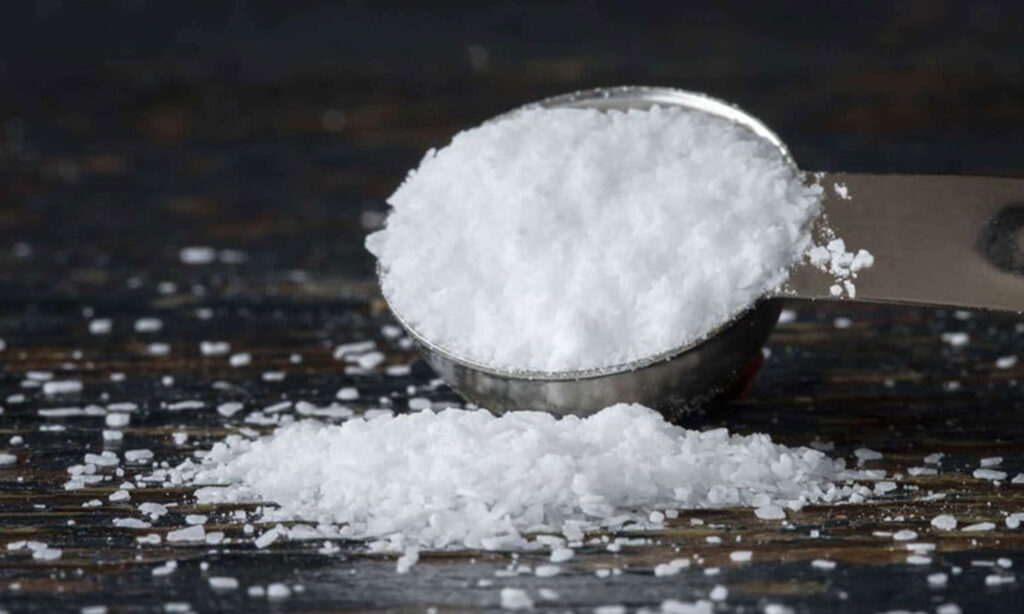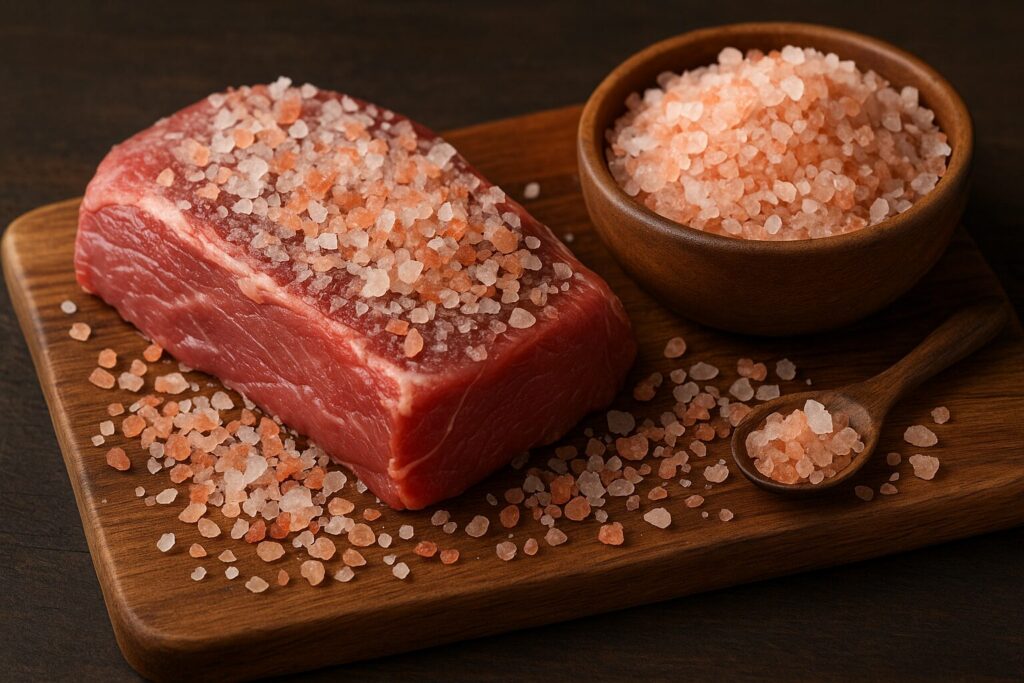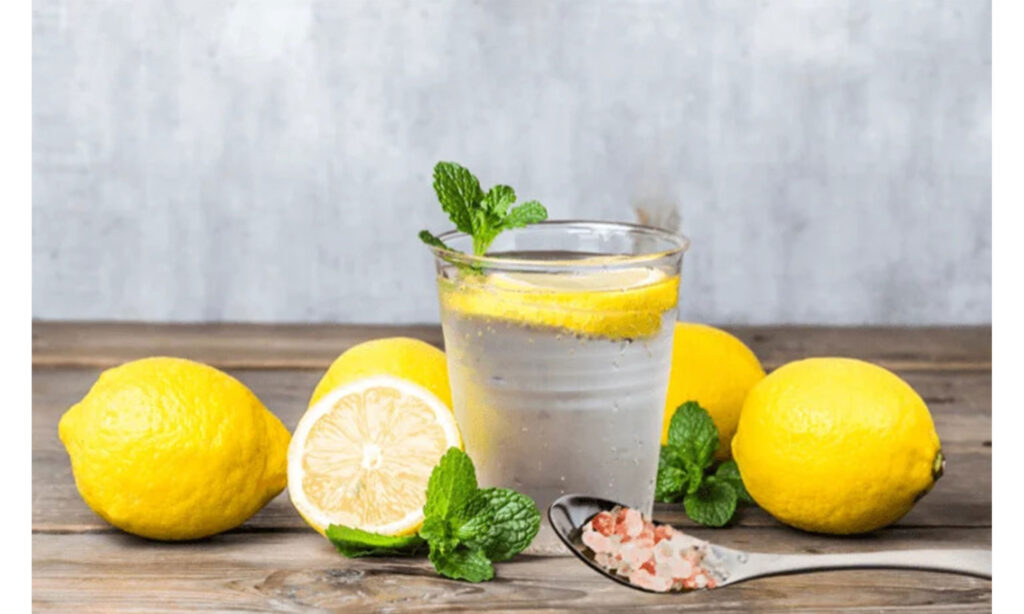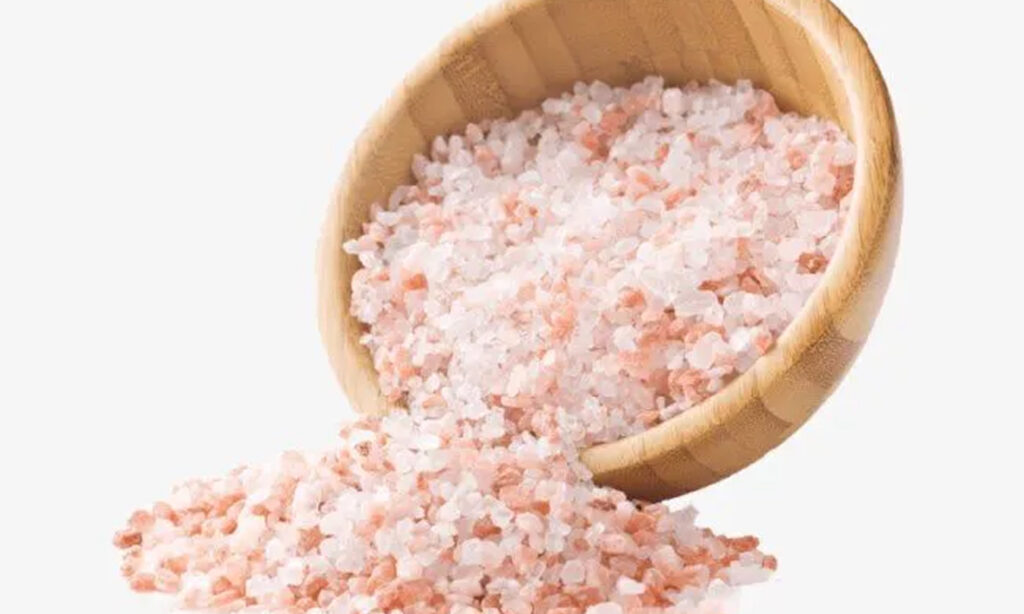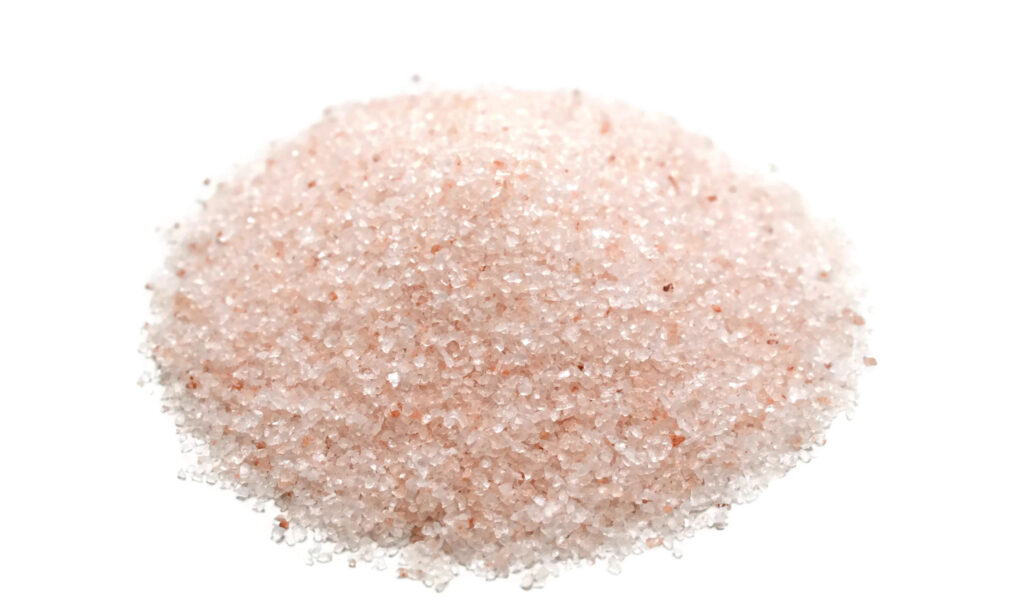Why Use Kosher Salt for Cooking? Here’s the Truth!
If you’ve ever followed a recipe that called for kosher salt, you may have asked: “Why is it called kosher salt?” More importantly, “Why use kosher salt for cooking or brining?” In this guide, you’ll get clear answers to these questions, understand the differences between kosher salt and Himalayan salt, and learn what makes kosher salt a unique mineral in your kitchen.
Let’s dive into why chefs and home cooks alike swear by it and why you should, too.
What Is Kosher Salt?
Kosher salt is a coarse-grained salt that’s free of additives like iodine. It’s known for its clean taste, flaky texture, and ability to season food evenly. The term “kosher” often confuses people into thinking it’s a religious salt—but that’s only partially true.
Why Is It Called Kosher Salt?
The name “kosher salt” comes from its use in the koshering process a Jewish tradition of drawing blood out of meat, which is required by kosher dietary laws. The coarse flakes of kosher salt made it ideal for this purpose. Over time, even outside religious use, it became the go-to salt for chefs because of its texture and taste.
So while kosher salt is not necessarily “blessed” or religious, its name is rooted in a centuries-old food preparation practice.
Why Use Kosher Salt for Cooking?
Professional chefs prefer kosher salt because of its flaky texture, ease of control, and purity. Here’s why:
- Better Pinch Control: Its larger grains make it easier to pinch and sprinkle evenly.
- Mild Flavor: It delivers saltiness without being overpowering.
- No Additives: Unlike table salt, it contains no anti-caking agents or iodine, which can affect flavor.
- Consistent Seasoning: The coarse texture helps it stick to food better, making it ideal for seasoning meats, vegetables, and even baked goods.
So, when a recipe specifically says kosher salt, it’s because the outcome genuinely tastes and feels different.
Why Use Kosher Salt for Brining?
Brining is a method of soaking meat in a saltwater solution to retain moisture and enhance flavor. Kosher salt excels at this because:
- It dissolves quickly, making it easier to mix into water.
- Its clean taste doesn’t overpower other spices.
- The larger crystals penetrate meat more effectively, especially for chicken, turkey, and pork.
Using table salt instead could ruin your brine with unwanted metallic or bitter tastes.
Unique Mineral Qualities of Kosher Salt
Unlike other salts, kosher salt is primarily sodium chloride without additional minerals or processing agents. This makes it a unique mineral due to:

- Its purity
- Natural formation (depending on the brand)
- Physical texture, which allows for better flavor distribution
This purity is one reason it’s used in curing meats, baking, and even cocktail rims.
Is Himalayan Salt the Same as Kosher Salt?
No, they’re not the same though both are trendy in modern kitchens.
| Feature | Kosher Salt | Himalayan Salt |
|---|---|---|
| Color | White | Pink |
| Texture | Flaky, coarse | Fine to chunky |
| Taste | Clean, mild | Earthy, mineral-rich |
| Use | Cooking, brining | Finishing salt, decoration |
| Minerals | Mostly sodium chloride | Contains trace minerals (iron, magnesium) |
While Himalayan salt is praised for its mineral content and beauty, kosher salt is more versatile for day-to-day cooking and brining.
How to Use Kosher Salt in Everyday Cooking
Now that you understand what makes kosher salt special, here’s how to integrate it into your kitchen routine:
- Season Meat: Great for steak rubs or grilled chicken.
- Boil Pasta: Add a handful to boiling water for flavor-rich noodles.
- Baking: Add a pinch for balanced flavor in bread and pastries.
- Salads & Veggies: Sprinkle for texture and seasoning.
- Cocktails: Rim your margarita glass for a gourmet touch.
Pro Tip: Kosher salt is less salty by volume than table salt. If you’re converting a recipe, use 1.5x more kosher salt.
The next time you wonder why use kosher salt for cooking or brining, remember it’s not just a trend—it’s a kitchen essential with centuries of purpose behind it. From its unique mineral structure to its roots in ancient food preparation, kosher salt continues to earn its place in modern culinary traditions.
And no, Himalayan salt is not the same as kosher salt each has its own role, but when it comes to seasoning and precision, kosher salt reigns supreme.
FAQs About Kosher Salt
What makes kosher salt different from table salt?
Kosher salt has larger, flakier grains, no additives, and a cleaner taste than table salt.
Can I substitute Himalayan salt for kosher salt?
Not recommended. Himalayan salt has a different mineral profile and texture that can change the flavor and moisture of dishes.
Is kosher salt healthy?
In moderation, yes. It contains fewer additives, but it’s still sodium chloride, so monitor your intake.
Why do chefs always use kosher salt?
Chefs love it for the control it offers and the clean, natural taste that enhances, not masks, food flavor.
Is kosher salt more expensive?
It’s usually affordable and comes in larger boxes than table salt, making it cost-effective in the long run.


